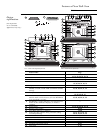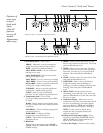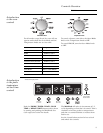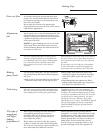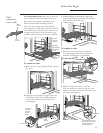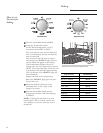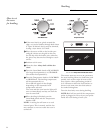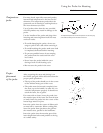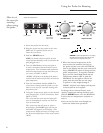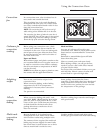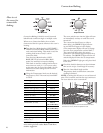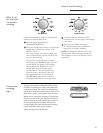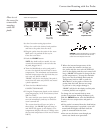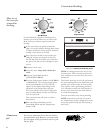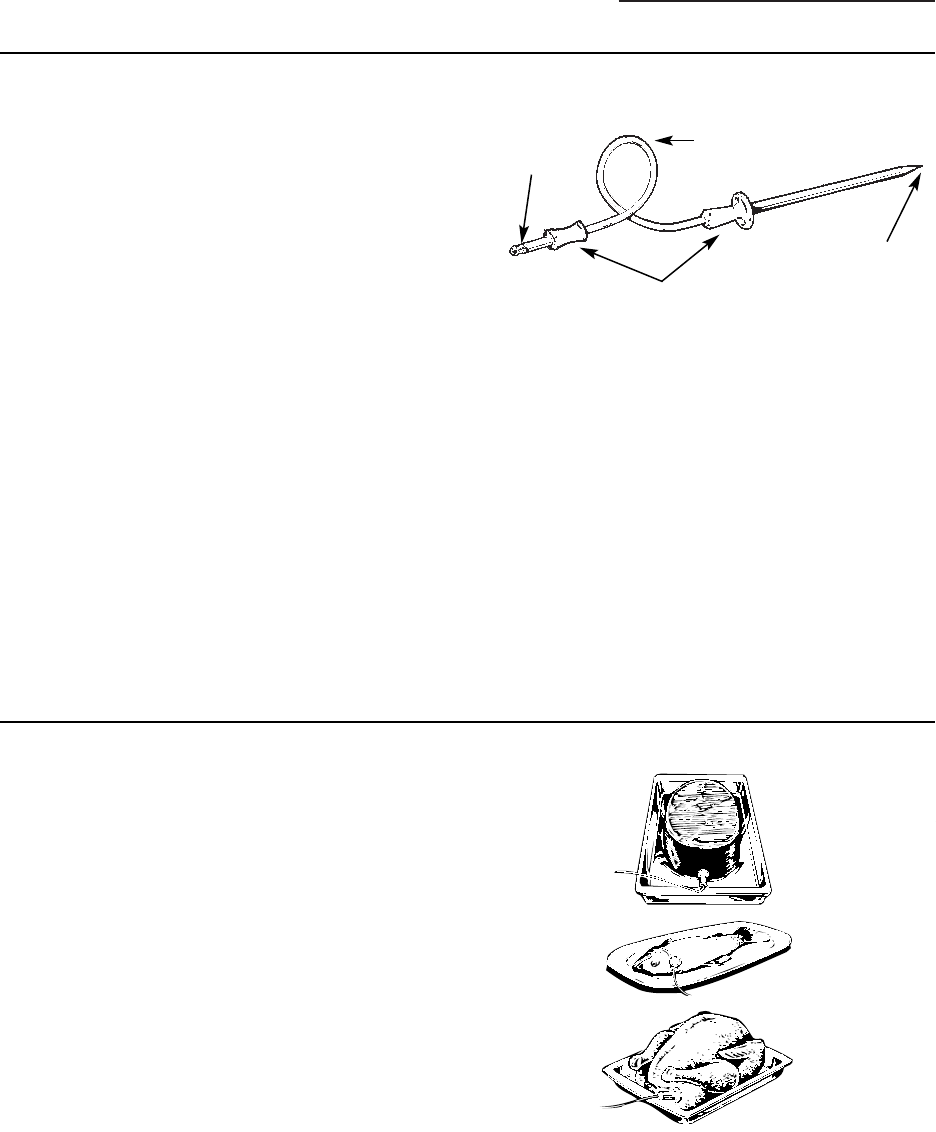
15
Using the Probe for Roasting
Wall Oven
Temperature
probe
For many foods, especially roasts and poultry,
internal food temperature is the best test for
doneness. The temperature probe takes the
guesswork out of roasting by cooking foods to
the exact doneness you want.
Use of probes other than the one provided
with this product may result in damage to the
probe.
Use the handles of the probe and plug when
inserting and removing them from the meat
and oven outlet.
• To avoid damaging the probe, do not use
tongs to pull on the cable when removing it.
• To avoid breaking the probe, make sure food
is completely defrosted before inserting.
• To prevent possible burns, do not unplug
the probe from the outlet until the oven
has cooled.
• Never leave the probe inside the oven
during a broil or self-cleaning cycle.
• Do not store the probe in the oven.
Cable
Probe
Handles
Plug
The temperature probe has a skewer-like probe at one end and a plug
at the other end that goes into the outlet in the oven.
Proper
placement
of the probe
After preparing the meat and placing it on
the broiler pan grid, follow these directions for
proper probe placement.
• The tip of the probe should rest in the center
of the thickest meaty part of the roast.
• The probe must be inserted completely into
the meat, up to the handle, in order for it to
read the temperature properly. It should not
touch the bone, fat or gristle.
For roasts with no bone, insert the probe into
the meatiest part of the roast. For bone-in ham
or lamb, insert the probe into the center of the
lowest large muscle or joint.
Insert the probe into the center of dishes such
as meat loaf or casseroles. When cooking fish,
insert the probe from just above the gill into
the meatiest area, parallel to the backbone.
Insert the probe into the meatiest part of the
inner thigh from below and parallel to the leg
of a whole turkey.



